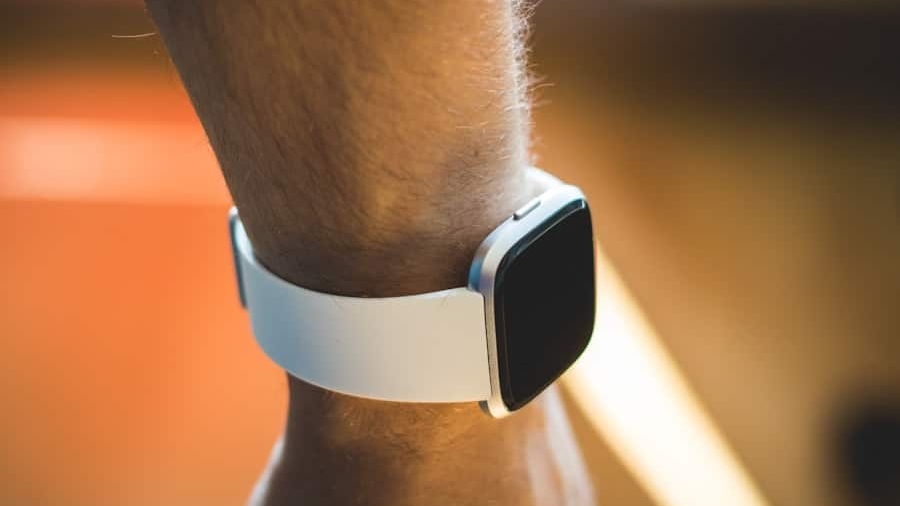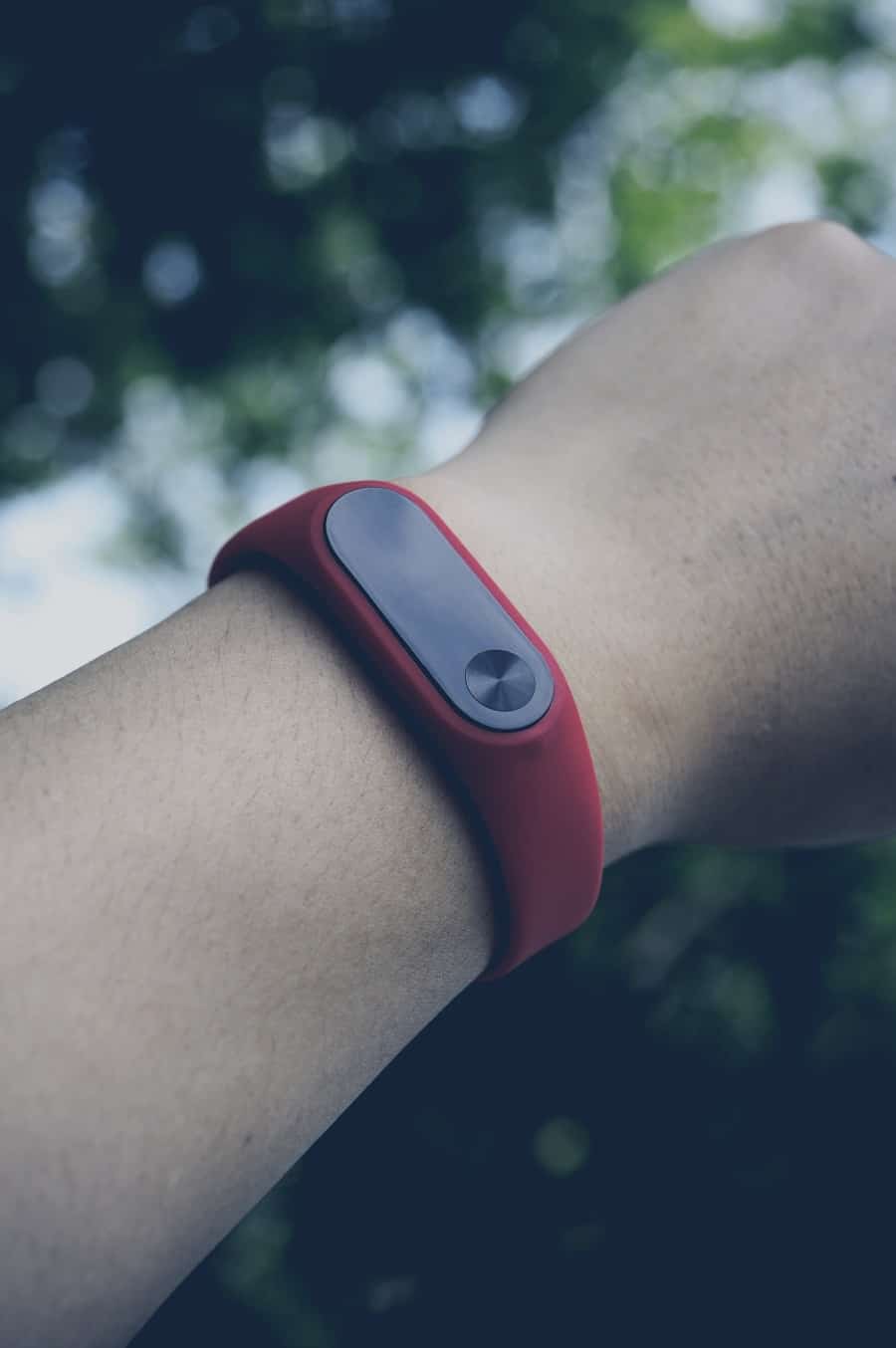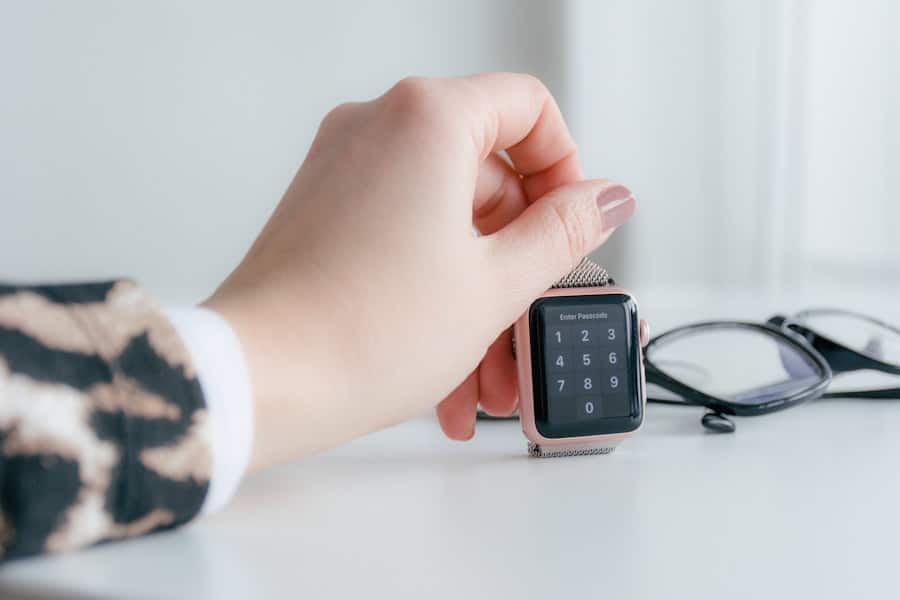The advent of wearable technology has revolutionized various aspects of health and wellness, particularly in the realm of chronic pain management. Chronic pain, defined as pain that persists for weeks, months, or even years, affects millions of individuals worldwide, significantly impairing their quality of life. Traditional pain management strategies often rely on medications, physical therapy, and psychological interventions.
However, the integration of wearable devices into this landscape offers a novel approach that empowers patients to take an active role in their pain management journey. These devices not only track physiological data but also provide insights that can lead to more personalized and effective treatment plans. Wearables encompass a wide range of devices, including smartwatches, fitness trackers, and specialized biofeedback tools.
They are designed to monitor various health metrics such as heart rate, sleep patterns, and physical activity levels.
By leveraging technology, patients can gain a deeper understanding of their bodies and how different factors influence their pain levels.
This shift towards a more data-driven approach marks a significant evolution in chronic pain management, moving away from a one-size-fits-all model to a more tailored strategy that considers individual experiences and responses.
Key Takeaways
- Wearables are becoming increasingly popular for managing chronic pain, offering real-time feedback and biofeedback to help individuals better understand and manage their pain.
- Biofeedback plays a crucial role in pain management, allowing individuals to monitor and control physiological processes that are typically involuntary, such as heart rate and muscle tension.
- Using wearables for chronic pain management offers numerous benefits, including increased self-awareness, personalized treatment plans, and improved overall well-being.
- There are various types of wearables available for biofeedback in chronic pain management, including smartwatches, fitness trackers, and specialized devices designed specifically for pain management.
- Wearables provide real-time feedback for pain management by tracking and analyzing physiological data, allowing individuals to make informed decisions about their pain management strategies.
Understanding Biofeedback and its Role in Pain Management
Biofeedback is a therapeutic technique that teaches individuals how to control physiological functions by providing real-time feedback on bodily processes. This method has gained traction in pain management as it empowers patients to recognize and modify their physiological responses to pain. By using sensors that measure bodily functions such as muscle tension, heart rate variability, and skin temperature, biofeedback allows individuals to visualize their internal states and learn how to influence them consciously.
This process can lead to reduced pain perception and improved coping strategies. In the context of chronic pain management, biofeedback serves as a bridge between the mind and body. For instance, patients suffering from tension headaches may learn to recognize the early signs of muscle tension in their neck and shoulders through biofeedback.
By practicing relaxation techniques in response to this feedback, they can reduce muscle tension and subsequently alleviate headache symptoms. This self-regulation fosters a sense of agency over one’s pain experience, which is often diminished in chronic pain sufferers. The ability to actively participate in one’s own healing process can enhance overall well-being and promote resilience against future pain episodes.
The Benefits of Using Wearables for Chronic Pain Management
The integration of wearables into chronic pain management offers numerous benefits that extend beyond mere data collection. One of the most significant advantages is the ability to provide continuous monitoring of physiological parameters. Unlike traditional methods that rely on sporadic doctor visits or self-reported symptoms, wearables offer real-time insights into how daily activities, stress levels, and environmental factors impact pain levels.
This continuous feedback loop enables patients to identify patterns and correlations that may not be apparent through conventional reporting methods. Moreover, wearables can enhance patient engagement in their own care. Many individuals with chronic pain feel a sense of helplessness due to the unpredictable nature of their condition.
Wearable devices can empower them by providing actionable data that encourages proactive management strategies. For example, if a patient notices that their pain levels increase after certain activities or during specific times of day, they can adjust their routines accordingly. This level of engagement not only fosters a sense of control but also promotes adherence to treatment plans, ultimately leading to better health outcomes.
Types of Wearables for Biofeedback in Chronic Pain Management
The market for wearables has expanded significantly, offering a diverse array of devices tailored for biofeedback applications in chronic pain management. Smartwatches are among the most popular options, equipped with sensors that monitor heart rate, sleep quality, and physical activity levels. These devices often come with companion apps that allow users to track their pain levels alongside other health metrics, creating a comprehensive view of their well-being.
In addition to smartwatches, specialized biofeedback devices have emerged that focus specifically on pain management. For instance, devices like the Muse headband utilize EEG technology to provide feedback on brain activity during meditation or relaxation exercises. By helping users achieve a meditative state more effectively, these devices can reduce stress-related pain exacerbations.
Similarly, wearable muscle stimulators can provide electrical stimulation to targeted areas, promoting muscle relaxation and reducing pain through neuromuscular feedback.
How Wearables Provide Real-Time Feedback for Pain Management
Real-time feedback is one of the most transformative aspects of wearable technology in chronic pain management. By continuously monitoring physiological signals such as heart rate variability or skin conductance, wearables can alert users to changes that may indicate increased stress or impending pain episodes. For example, if a user’s heart rate spikes during a stressful situation, the device can prompt them to engage in relaxation techniques or deep breathing exercises before the situation escalates into a painful episode.
This immediate feedback mechanism not only aids in acute pain management but also contributes to long-term behavioral changes. Over time, users can learn to associate specific physiological signals with their pain experiences, allowing them to develop personalized coping strategies. For instance, if a user consistently notices that their pain worsens after periods of inactivity, they may be motivated to incorporate more movement into their daily routine.
This proactive approach fosters a deeper understanding of one’s body and encourages healthier lifestyle choices that can mitigate chronic pain.
Integrating Wearables into a Comprehensive Pain Management Plan
Personalized Strategies through Data Interpretation
For instance, physical therapists can work with patients to interpret data collected by wearables and adjust exercise regimens accordingly.
The Role of Mental Health Professionals
Additionally, mental health professionals can play a vital role in this integration by addressing the psychological aspects of chronic pain. Cognitive-behavioral therapy (CBT) techniques can be combined with data from wearables to help patients reframe their relationship with pain.
Developing Healthier Coping Mechanisms
By understanding how their physiological responses correlate with emotional states, patients can develop healthier coping mechanisms that reduce the impact of chronic pain on their lives.
Challenges and Limitations of Using Wearables for Chronic Pain Management
Despite the promising potential of wearables in chronic pain management, several challenges and limitations must be addressed for widespread adoption. One significant concern is the accuracy and reliability of data collected by these devices. While many wearables are equipped with advanced sensors, variations in individual physiology can lead to discrepancies in readings.
For instance, factors such as skin temperature or hydration levels may affect heart rate measurements, potentially leading to misleading conclusions about one’s health status. Another challenge lies in the digital divide; not all patients have equal access to technology or the internet. This disparity can create barriers for certain populations who may benefit from wearable technology but lack the resources or knowledge to utilize it effectively.
Furthermore, there is a risk of over-reliance on technology at the expense of traditional medical advice. Patients may become overly focused on data trends without considering the broader context of their health or neglecting essential medical consultations.
The Future of Wearables in Chronic Pain Management and Biofeedback
Looking ahead, the future of wearables in chronic pain management appears promising as technology continues to evolve rapidly. Innovations such as artificial intelligence (AI) and machine learning are poised to enhance the capabilities of wearable devices significantly. These technologies could enable wearables to analyze vast amounts of data more effectively, identifying patterns and predicting pain episodes with greater accuracy than ever before.
Moreover, advancements in telehealth are likely to facilitate better integration between wearable technology and healthcare providers. Remote monitoring through wearables can allow clinicians to track patient progress in real-time and make timely adjustments to treatment plans based on objective data. As research continues to explore the efficacy of wearables in chronic pain management, we may see an increasing emphasis on personalized medicine approaches that leverage individual data for tailored interventions.
In conclusion, while challenges remain in the adoption and implementation of wearable technology for chronic pain management, its potential benefits are undeniable. As we move forward into an era where technology plays an increasingly central role in healthcare, wearables will likely become an integral component of comprehensive pain management strategies that empower patients and enhance their quality of life.
A related article to “The Role of Wearables in Managing Chronic Pain with Biofeedback” can be found in The Next Web’s insights into the world of technology. This article may provide further information on the latest advancements in wearable technology and how it is impacting various aspects of our lives.
FAQs
What are wearables in the context of managing chronic pain with biofeedback?
Wearables are electronic devices that can be worn on the body, such as smartwatches or fitness trackers, and are equipped with sensors to monitor and collect data on various physiological parameters.
How do wearables help in managing chronic pain with biofeedback?
Wearables can provide real-time data on vital signs, activity levels, and other relevant metrics, which can be used to track and manage chronic pain. Biofeedback techniques can be integrated with wearables to help individuals learn to control physiological processes, such as muscle tension or heart rate, to alleviate pain.
What are the benefits of using wearables for managing chronic pain with biofeedback?
Some benefits of using wearables for managing chronic pain with biofeedback include personalized and continuous monitoring, increased patient engagement, and the potential for more effective pain management strategies.
Are there any limitations to using wearables for managing chronic pain with biofeedback?
Limitations may include the need for further research to validate the effectiveness of wearables in managing chronic pain, potential issues with data accuracy and privacy, and the need for user-friendly interfaces to ensure patient compliance and engagement.



